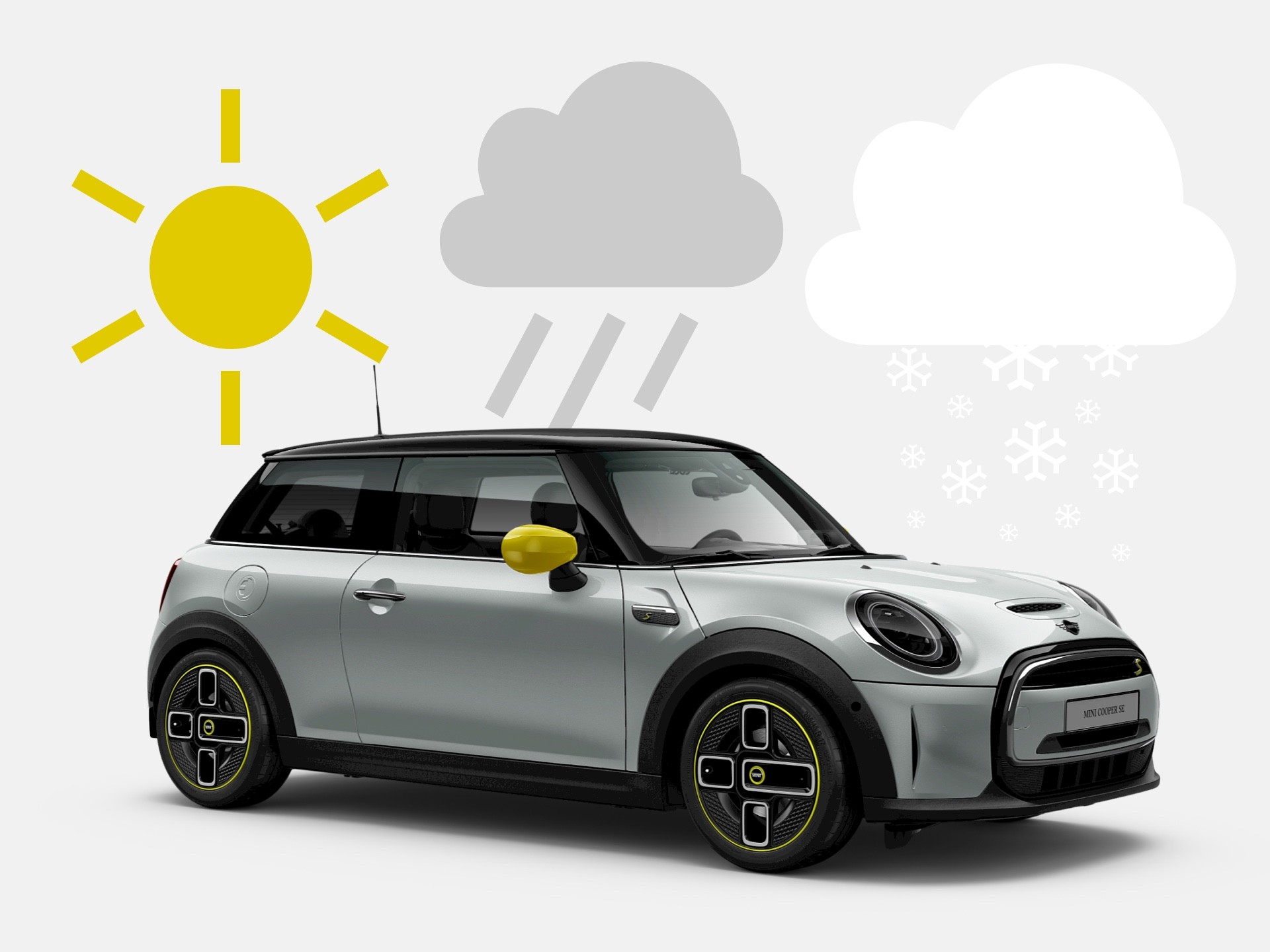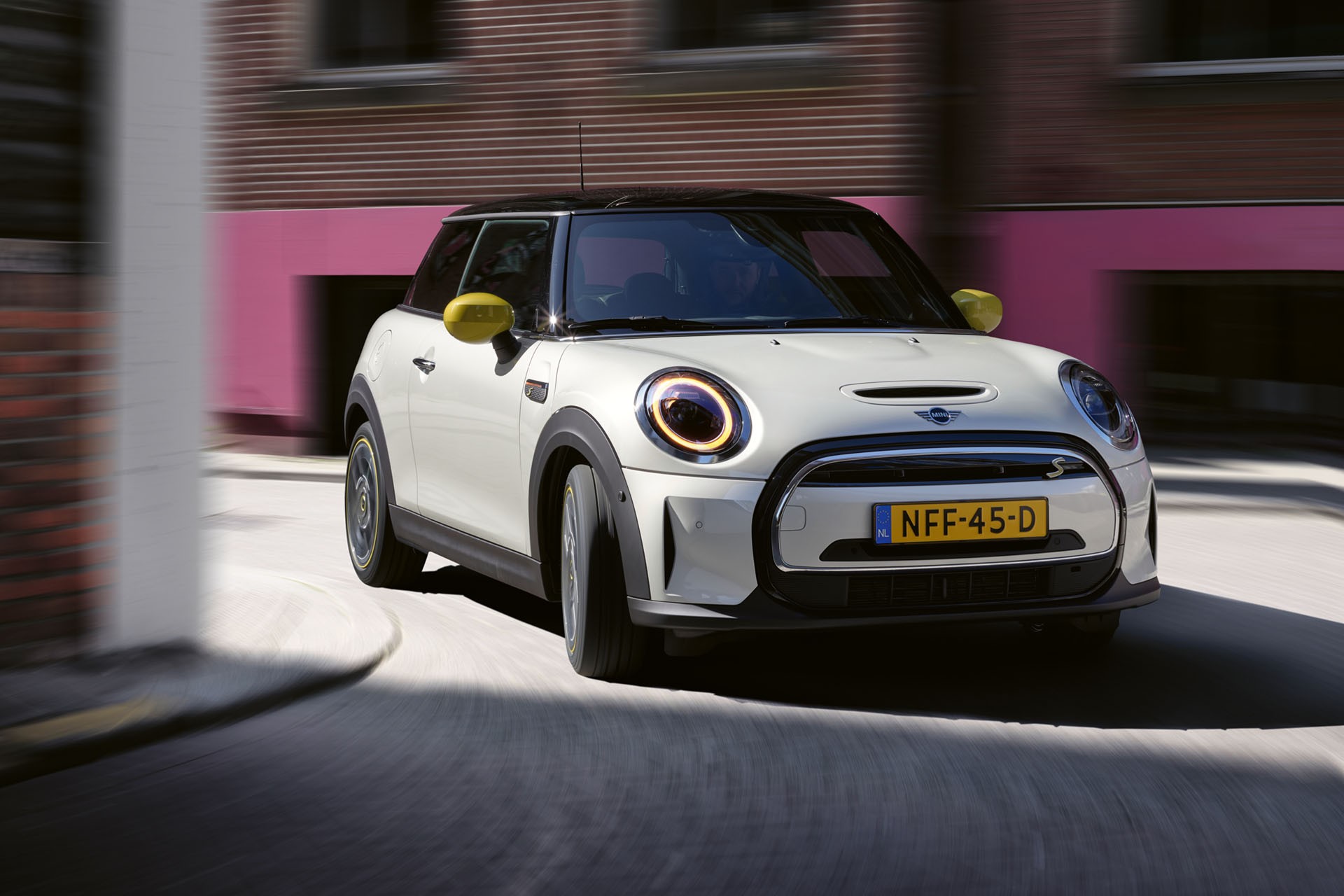Our tool for managing your permission to our use of cookies is temporarily offline. Therefore some functionality is missing.
ELECTROMOBILITY.

GO FURTHER DOWN THE eROAD.

WHAT FACTORS AFFECT THE RANGE?

BATTERY SIZE.
Generally, the greater the battery capacity, the longer you can drive. But that's not the complete story.
Batteries are the heaviest and most expensive component of an electric vehicle. And there comes a tipping point where a bigger battery requires a more powerful motor to achieve the same acceleration rate – and a stronger chassis and brakes to control the speed, weight and momentum. It is therefore crucial that we strike an optimal balance between weight and range to get the maximum efficiency and efficacy out of the resources we use.

How can you prolong your EV battery's life?
Avoid keeping your car sitting with a totally full or empty charge. Best case would be keeping your SOC between 20–80% particularly when leaving it for longer periods – and only charge it fully for long distance trips.
Minimise the use of fast chargers (DCFC). Some high-use duty cycles will need a faster charge, but if your EV charges overnight Type 2 should be sufficient for the majority of your charging needs.
Climate is out of your control, but do what you can to avoid extremely hot temperatures. You can at least try to park in the shade on hot days.

ENVIRONMENT FACTORS.
A number of factors can influcence the range of an electric vehicle.
- Wind
- Speed (own head wind)
- Aerodynamics
- Windows and panoramic roof
- Temperature
- Air density (can affect battery)
While the same factors can affect every vehicle, no matter what the drivetrain, they have a far more noticeable affect on EVs.

HOW TO DRIVE EFFICIENTLY.
DRIVE WITH FORESIGHT.
Recuperation.
All-electric vehicles and plug-in hybrids can both utilise their electric motors to decelerate and convert kinetic energy back to electric power for the battery. This regenerative braking process is called recuperation.
One pedal driving.
MINI Electric offers the option of one-pedal driving. If you step on the the 'gas' pedal you acceclerate. Lift off your foot and you brake. But this is no four-wheel, lock braking, but a steady deceleration which you can amplify as necessary with the brake pedal.
In general, if you want to make the most of every watt, try to decelerate as much as possible without using the braking pedal. This energy generation improves fuel efficiency and ensures that the full power of your engine is available for acceleration. It is worth taking an extra spin or two to get the feeling for this recuperation and not using the brake pedal.


DRIVE SMOOTHLY.
Aggressive driving – rapid acceleration and hard braking – wastes energy. Even with regenerative braking, the system can only regain some of the power. If you want to use your energy efficiently, just relax, enjoy the smooth dynamics, and glide through the city.
USE THE DRIVING MODES.
Each driving mode tunes the system differently to accentuate fuel economy or performance depending on your selection. It is worth taking a few drives to get familiar with the characteristics of the different driving modes and take advantage ofthe options. All electrified MINIs are equipped with driving modes.


HOW TO PLAN FOR A LONGER TRIP.

KNOW YOUR ROUTES.
Check for charging stations en route.
Take a look at a charging map before leaving to get an overview of your options..Include time for charging in your itinerary. Ideally, you could plan your charging stops to fit into your usualhabits – like taking breaks or eating lunch.
Less is more.
Charging one more time from between 10% - 80% is usually more efficient than waiting for a one-time full charge.


PEACE OF MIND.
Compatibility.
The MINI 3-DOOR-HATCH COOPER SE is equipped with a CCS socket, which makes it compatible with most public chargers in Hong Kong.

FAQS.
MINI CHARGING.
- Switch the engine off and apply the handbrake.
- If necessary, set the current before charging.
- Do not use any extension cables.
- Always connect and disconnect the charging cable in this order:
Connecting:
1. Connect to the socket.
2. Connect to the vehicle.
Disconnecting:
1. Disconnect from the vehicle.
2. Disconnect from the socket.
LED lights:
- White light: Signal light
- Red light: Charging error
- Orange light: Initialising
- Blue light: Charging active
- Green light: Charging complete
5. Lock the vehicle. The charging process will only start once your vehicle is locked.
Normal charging with alternating current (AC):
This charges your car efficiently, primarily overnight but also during the day. Compared to a domestic power socket, an AC charging station provides more power and can charge the battery in just a few hours. This type of charging station is referred to as an AC charging station, for short.
Quick charging with direct current (DC):
DC quick charging stations are the better option when you need to charge your car fast. They can recharge your vehicle's battery quickly – while you go shopping or have a bite to eat, for example. The charging process lasts between 30 and 40 minutes. This type of charging station is referred to as a DC charging station, for short.
MINI PARTS & ACCESSORIES SHOP.
NEW TERRITORIES - TSUEN WAN
G/F, Sime Darby House, 374 – 380
Castle Peak Road, Tsuen Wan
Tel: (852) 3193 6844
Fax: (852) 2471 7286
Mon - Sat: 8:30am - 6:00pm
Sun & Public Holidays: Closed
ENVIRONMENTAL AND SOCIAL STANDARDS IN THE SUPPLIER NETWORK.
In the aluminum procurement process, we not only buy for our own needs, but also make this material available to our suppliers, reliably and at calculable prices. This creates greater planning security on both sides. In order to be able to meet our long-term demands for sustainably produced aluminum in the future, the BMW Group became the first automobile manufacturer to join the Aluminum Stewardship Initiative – actively demanding ecological and social sustainability for certified aluminum across the entire aluminum value chain – from the mine to the recycling process. We also strive to source more recycled aluminium in our manufacturing processes. The use of secondary materials has a positive effect, especially on the following aspects of sustainability: biodiversity, CO2 emissions (especially in raw materials with energy-intensive production such as aluminum, steel and copper) and the reduction of waste. The average share of secondary aluminum in our vehicles is 20%. For aluminum casting alloys, it is 40%. We work with the Aluminum Stewardship Initiative on the certification of our aluminum partners in accordance with the outlined sustainability standard. For more information please visit aluminium-stewardship.org


ELECTRIFICATION OF THE DRIVE.

HOME AND AWAY.
